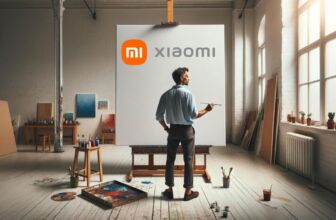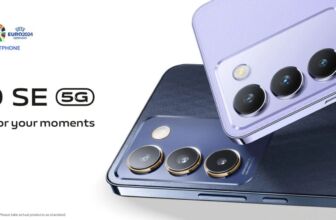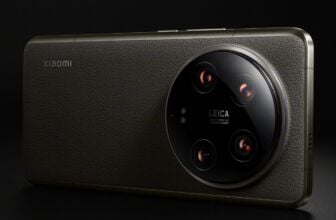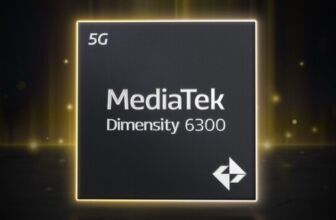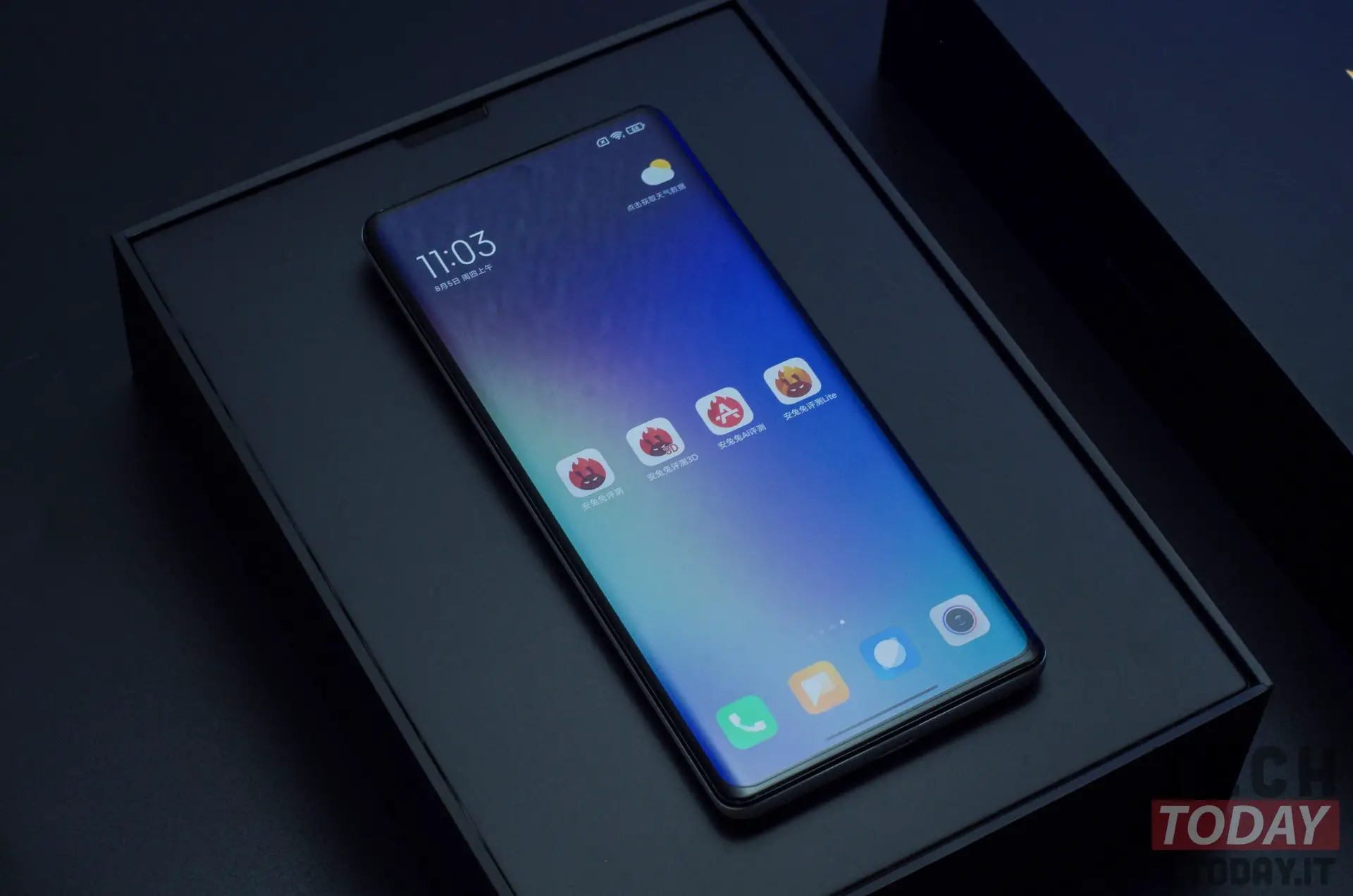
Looking back on the mobile phone industry in 2021, we might not think there has been much progress, but if we compare the specs with those of the previous year's smartphones, we see some good strides in several categories.
AnTuTu: here are the main technological advances in 2021
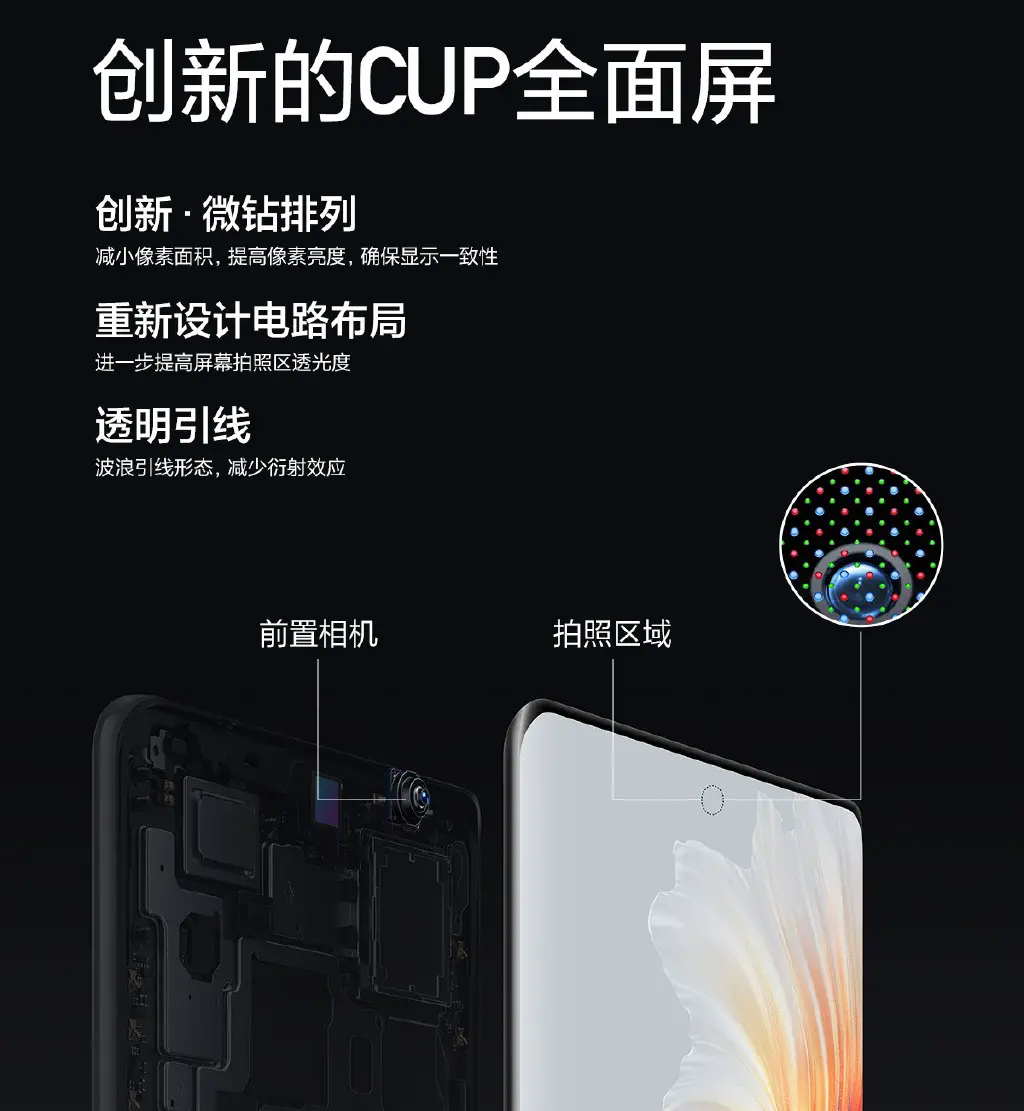
Let's start with the displays, for example. In the last year we have first seen the under-screen camera that is fully functional and adds no effect on selfies / videos. We refer mainly to the Xiaomi Mi MIX 4.
Although in reality the difference between a screen without a hole and a screen with a hole is not that great. The visual upgrade brought about by adding a small hole is completely less than the 16: 9 to 18: 9 screen ratio change we've seen in the past.
Moving on to foldables, smartphones with folding screens, whether we like them or not, the curved screen will still represent the higher-end smartphones. In the past we passed the impact of curved screens on devices, with narrower bezels more immersive screen. Now it doesn't seem to matter anymore, because the foldable screen of the foldables is their strong point even if the prices are not at all affordable.
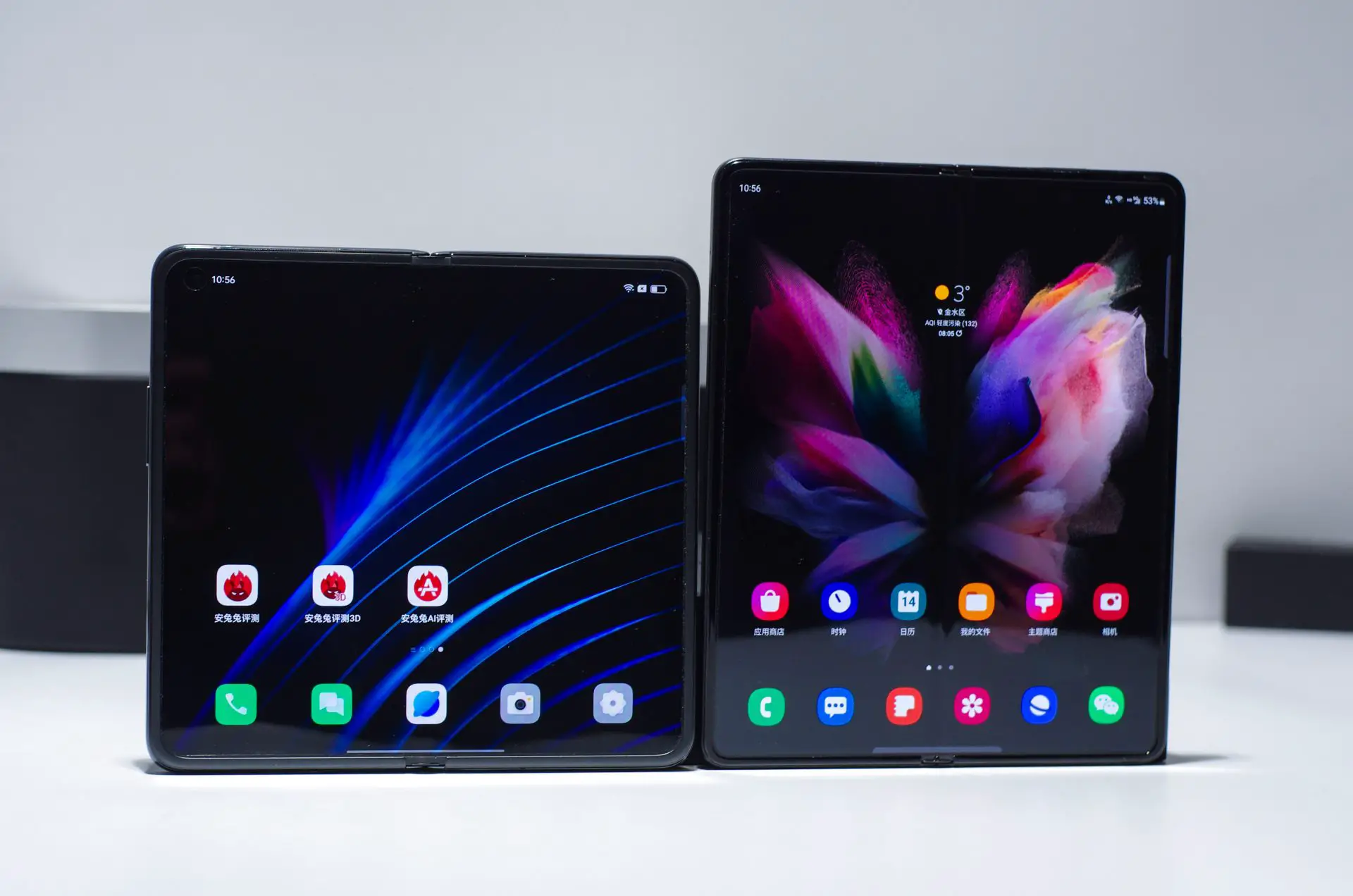
That said, in just one year, the price of smartphones with foldable screens was almost halved. In addition to those of Samsung, newcomers have also contributed to the reduction in prices. These include devices like the OPPO Find N, the Xiaomi MIX Fold, the Honor Magic V and the Huawei P50 Pocket. We've also seen multiple shapes of folding screens, although we still don't know which shape is best suited to use.
Among them, OPPO has launched a new folding screen phone with the lowest starting price in the industry. More importantly, this is also the first in the industry to make the display crease disappear.
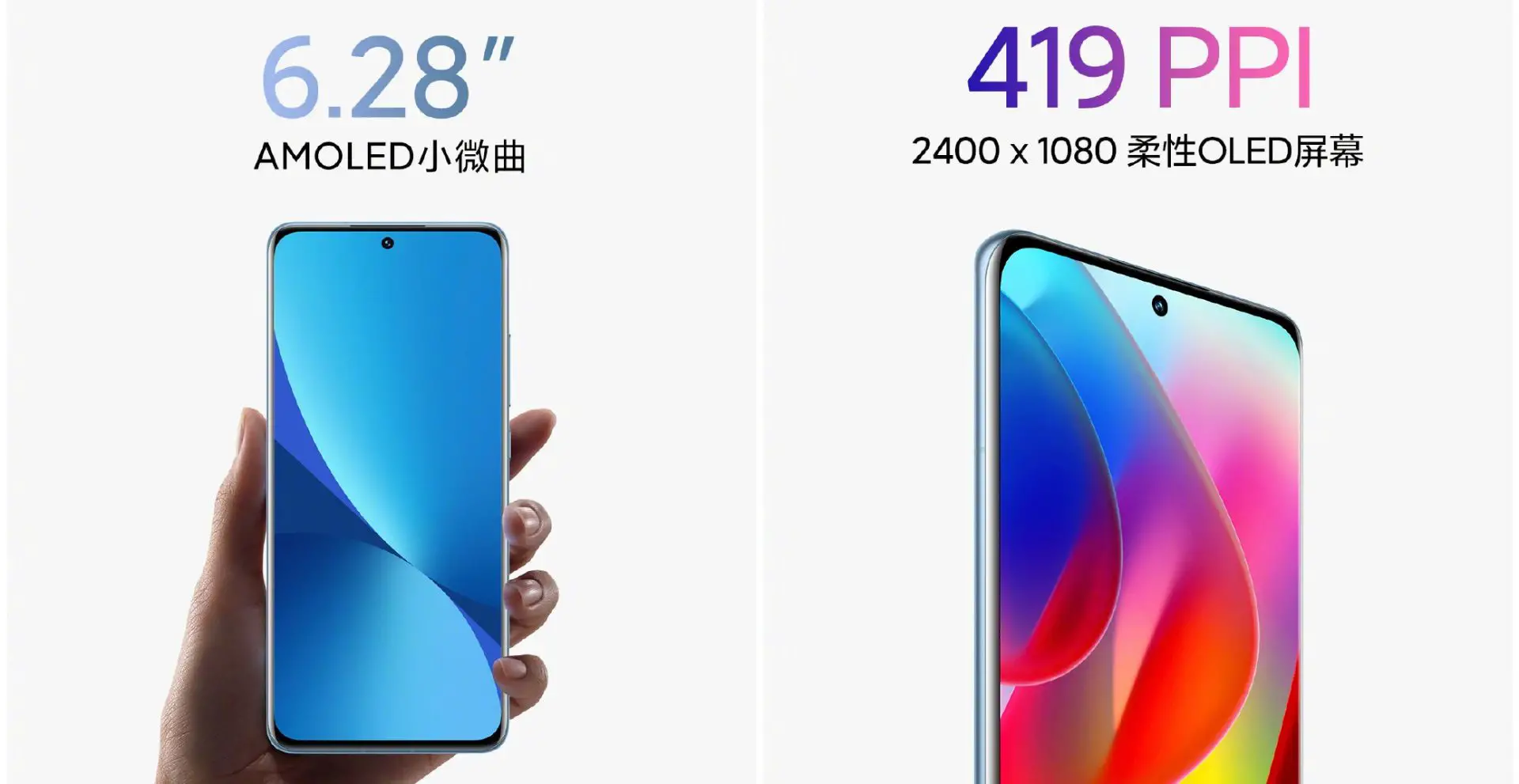
For those who cannot afford a foldable, even flat and “small” screens have seen great success. The mini series of the iPhone is not selling well, but the same cannot be said for the Android ones.
This is mainly because the iPhone mini has a display of only 5,4 inches, while the Android small screen smartphone is 6,28 inches, which is 0,18 inches larger than the standard iPhone 13.
One such device with 6,28-inch screen and top performance is the latest Xiaomi 12. Its panel has a high refresh rate and is LTPO 2.0 type, with high peak brightness and much more.
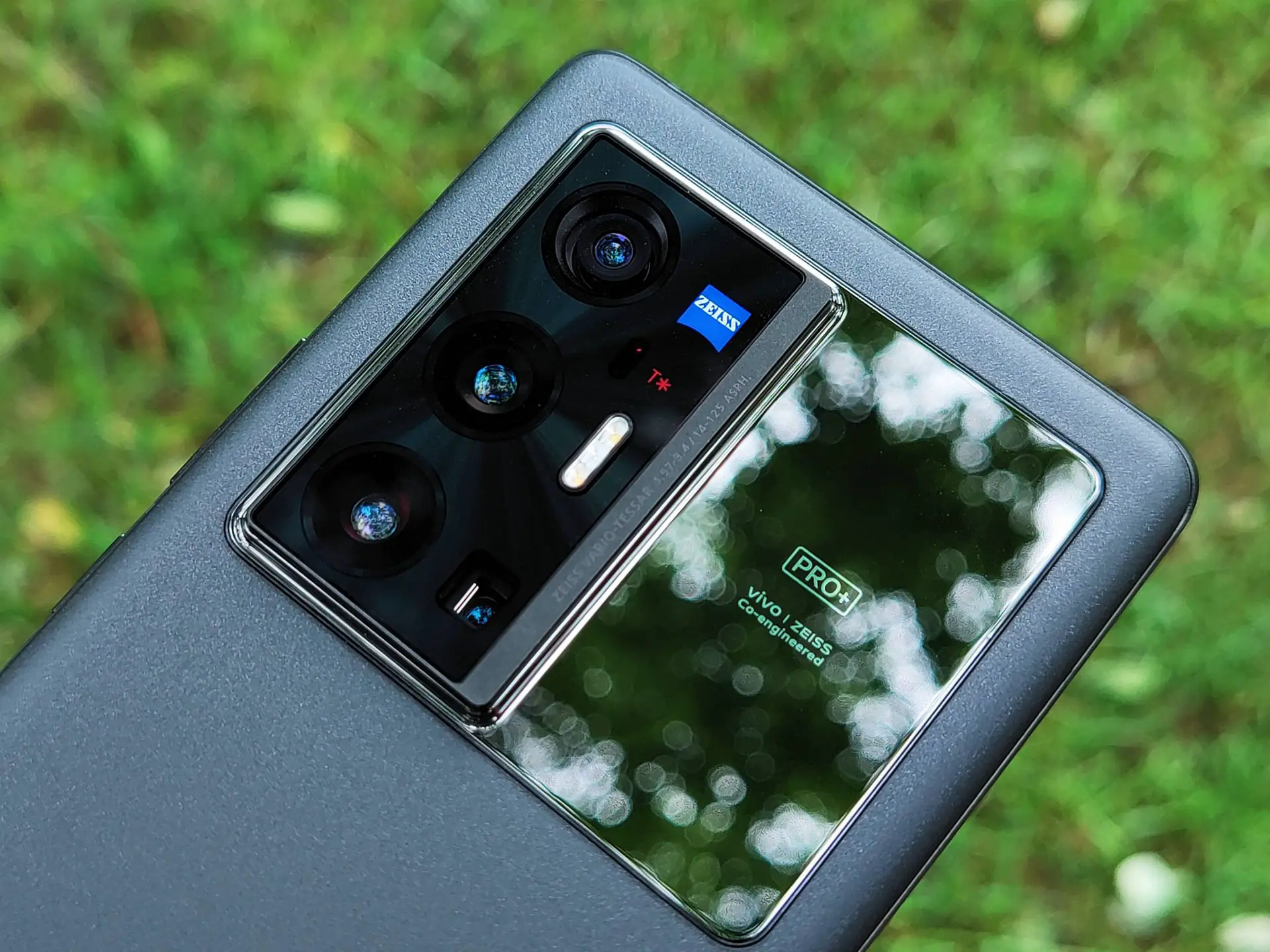
When it comes to photography, we are starting to see increasingly stronger competition between the major producers. For example, it can be said that the rear camera design of the vivo X70 Pro + is perfect at the moment. The ceramic cloud window not only expands the vision of the four lenses, but also makes it very beautiful, high-end. But this design has actually been released by ZTE previously and that phone is called the Nubia Z30 Pro.
The two phones are very similar in this one, but thanks to the Carl Zeiss name and the small blue label of the vivo X70 Pro +, this looks much more premium than the Nubia Z30 Pro.
Camera co-branding is the fastest and most effective way to increase brand power, which is what Huawei has taught all of its peers.
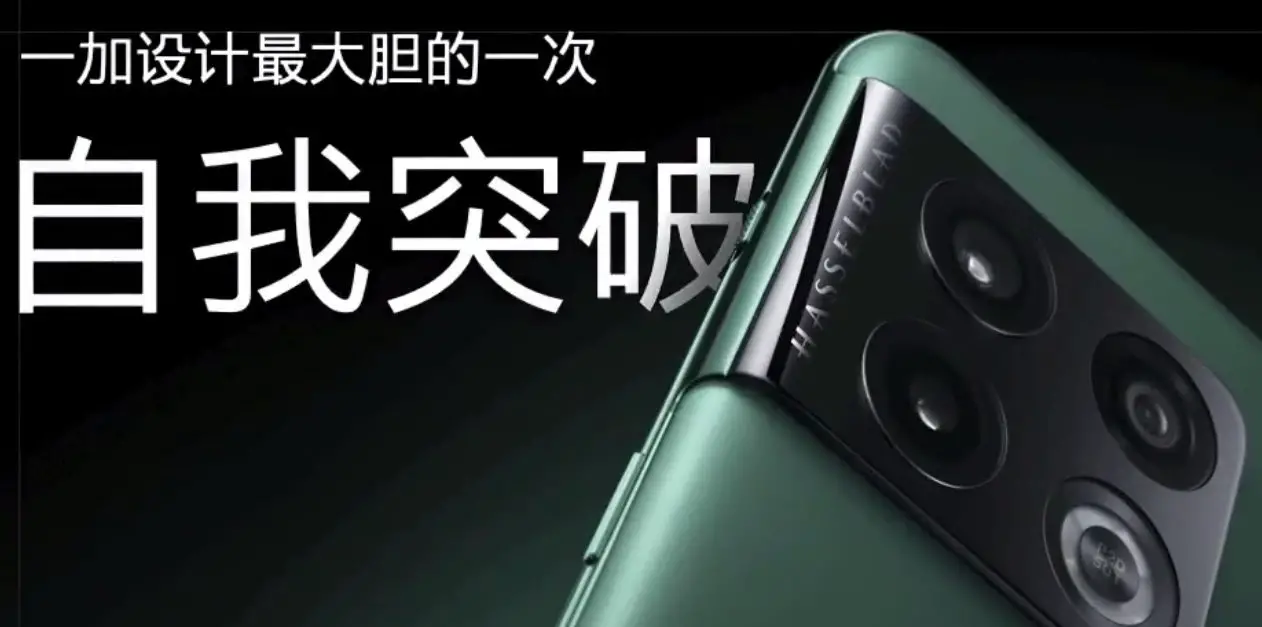
In addition to vivo and Zeiss, a collaboration has also arisen between OnePlus and Hasselblad for the lens design of the OnePlus 10 Pro and we expect the new Find X5 series to join the Hasselblad design too, with the Hasselblad logo printed on the fuselage.
While Realme is rumored to be working with Kodak, which seems like a perfect match as both brands both use yellow as their main color.
Then we have Honor Magic3 which pays homage to the classic design of Huawei's Mate series, but cannot get the Leica logo even if the collaboration between Huawei and Leica is over.
That said, the much sought-after Leica logo that Huawei worked so hard to create during it will likely be stolen by Xiaomi, with its next super flagship.
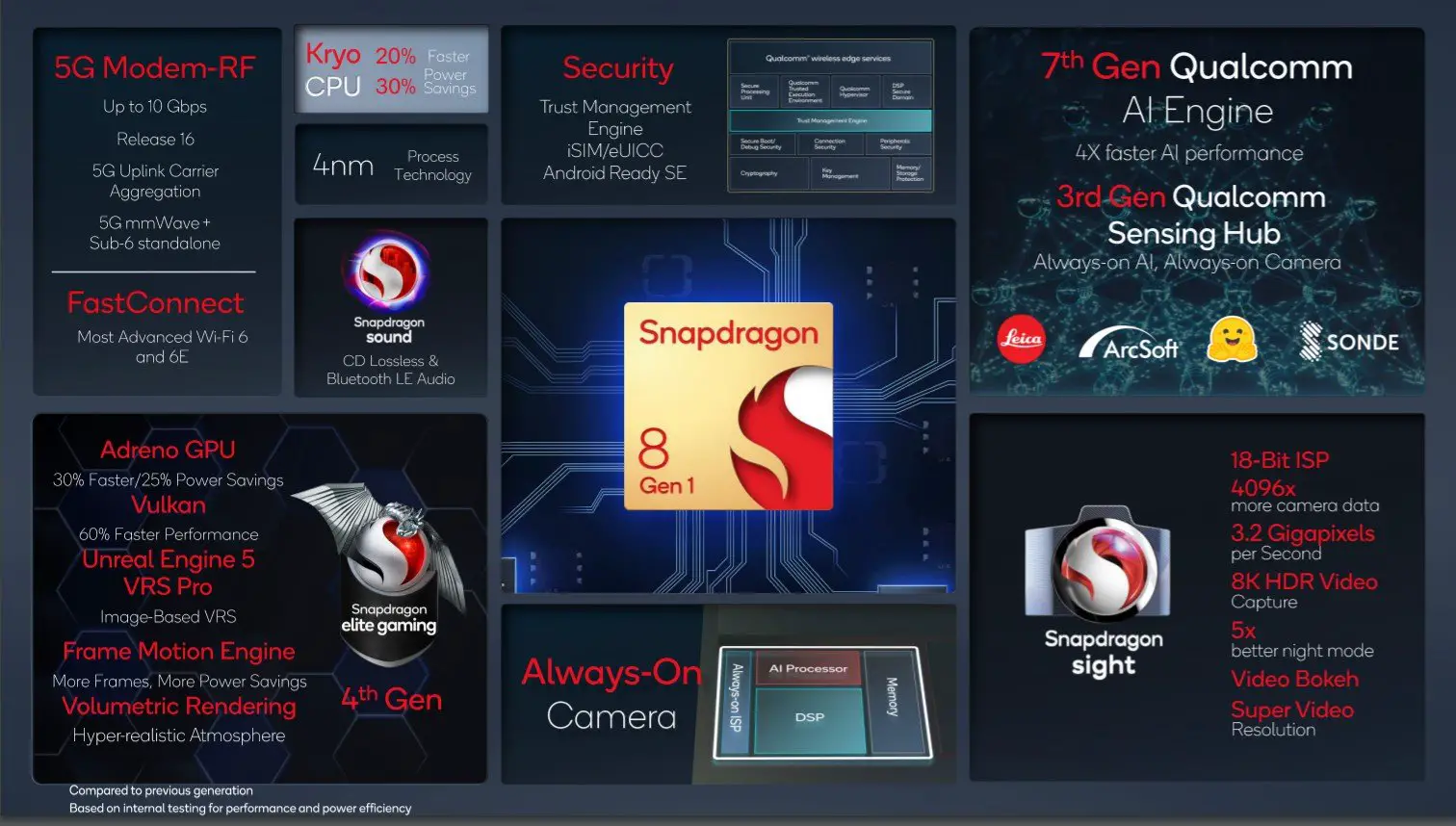
Finally, as for processors, in 2020, the chip process has evolved from 7nm to 5nm. In 2021, this number will take it one step further and arrive at the 4 nm era. During this year, Huawei has used all remaining Kirin 9000 5G chips on the more expensive phones, making the most of the Kirin 9000 5G profit.
In order to keep the seeds of the mobile phone business, Huawei not only popularized the HarmonyOS operating system on old phones 5-6 years ago, but also launched an official second-hand certified mobile phone business.
Qualcomm was still a dominant player, with its Snapdragon 888, 888+, and a new generation of Snapdragon 8, due to the "good popularity" accumulated over the years of activity, even if these processors have disappointed a bit above all. regarding overheating.
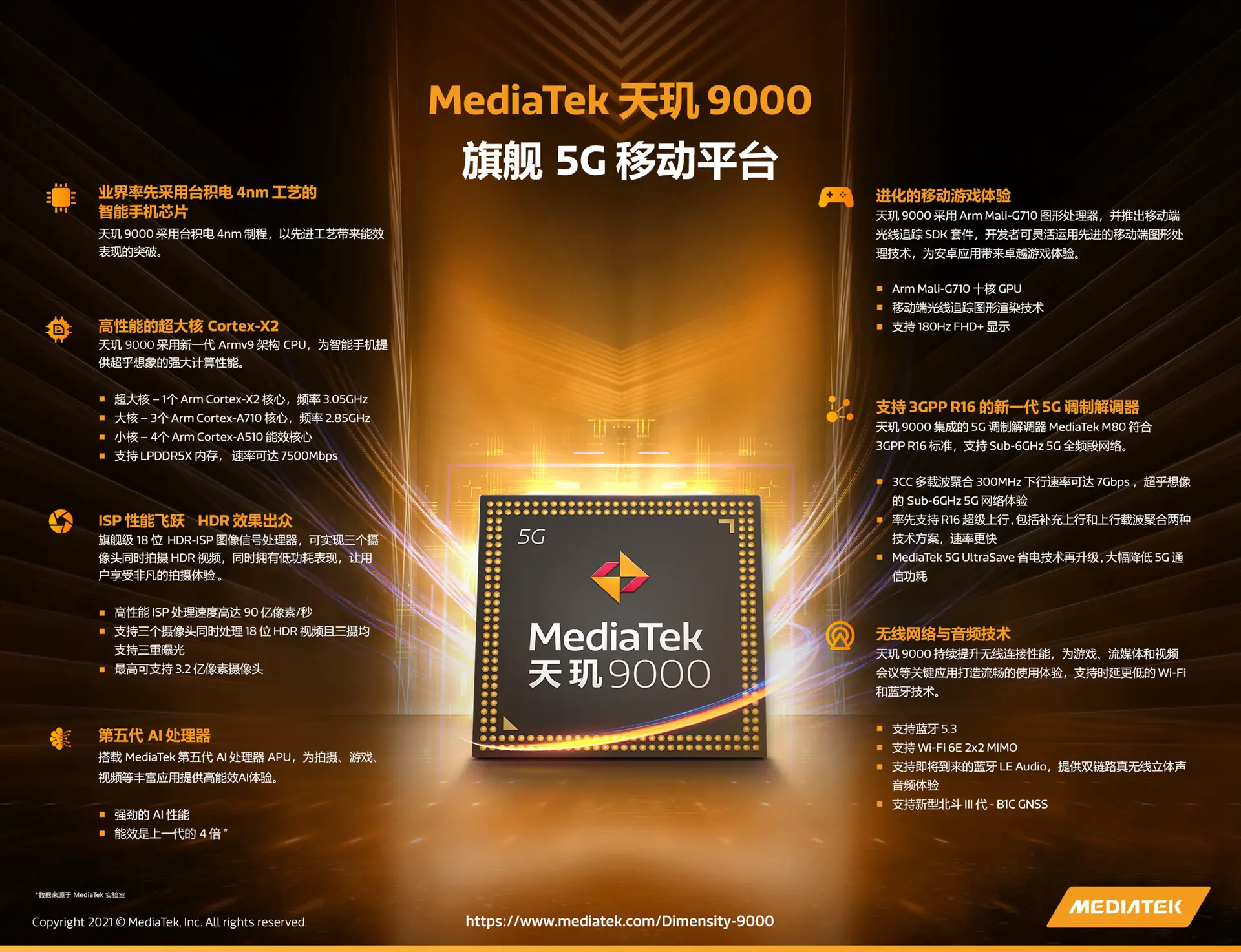
Finally, we have MediaTek which is currently Qualcomm's biggest thorn in the side, but the brand that started out as a small business suddenly needs to be high-end, sadly users will always think it's not worth the price. So even though the Dimensity 9000 will have a better reputation in all respects than the new generation Snapdragon 8, it's not certain that smartphone makers will start using it.




